JEDDAH: Saudi Arabia’s Museums Commission will inaugurate “Art of the Kingdom,’ the country’s first traveling contemporary exhibition, at the historic Paco Imperial building in Rio de Janeiro, Brazil, this week.
The exhibition from Nov. 13 to Jan. 12 runs under the theme “Poetic Illuminations” and seeks to offer international audiences a look at Saudi Arabia’s evolving contemporary art scene.
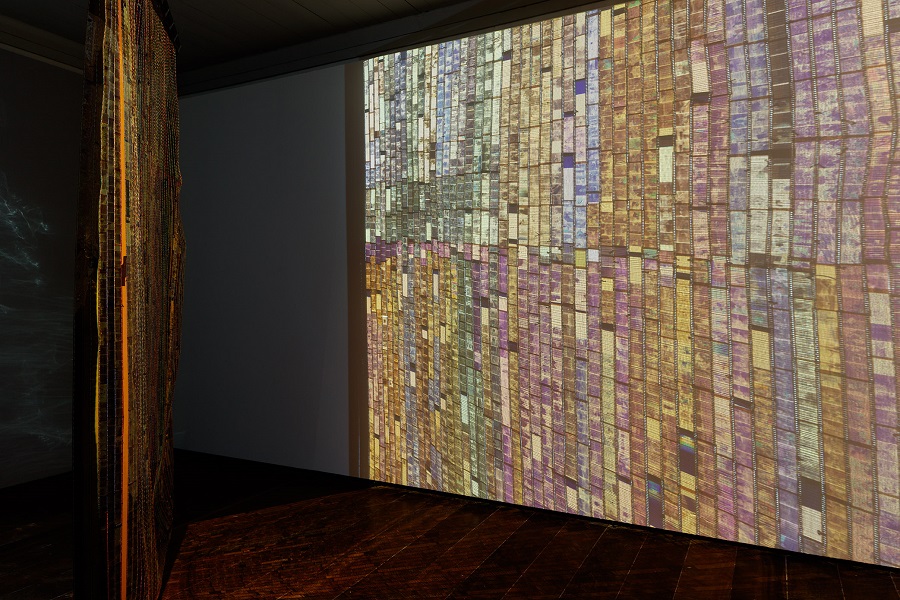
The exhibition from Nov. 13 to Jan. 12 runs under the theme “Poetic Illuminations.” (Supplied)
Launching to coincide with the upcoming G20 Summit in Brazil, “Art of the Kingdom” features the work of 17 artists, each representing a range of generations and styles, with mediums spanning paintings, installations, and video art.
The artists featured are Sara Abuabdallah, Ghada Al-Hassan, Ayman Yossri Daydban, Ahmed Mater, Emy Kat, Ayman Zedani, Shadia Alem, Nasser Al-Salem, Manal Al-Dowayan, Lina Gazzaz, Muhannad Shono, Sarah Brahim, Daniah Alsaleh, Faisal Samra, Filwa Nazer, Moath Alofi, and Ahad Al-Amoudi.
The “Art of the Kingdom” show will travel to Riyadh in early 2025, where it will be showcased at the Saudi Museum of Contemporary Art in the JAX district. At the end of the year, it will be presented at the National Museum of China in Beijing.
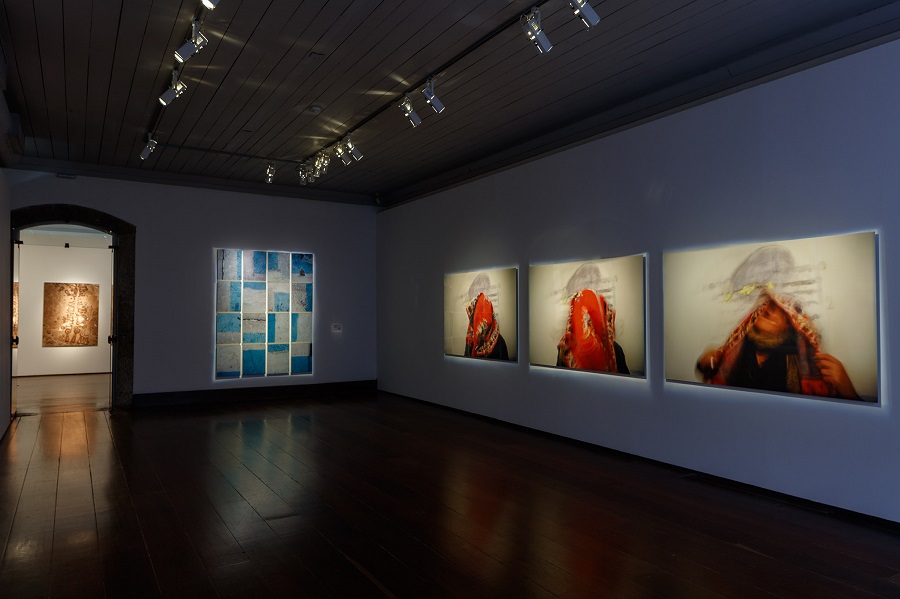
Launching to coincide with the upcoming G20 Summit in Brazil, “Art of the Kingdom” features the work of 17 artists. (Supplied)
Mona Khazindar, advisor at the Ministry of Culture, in a written response to questions from Arab News, stated that the exhibition “is a testament to the profound impact that art has on our understanding of history, culture and community.
“It not only honors our country’s past and collective memory, but also demonstrates the dynamic role art plays in connecting us to our shared identity, inspiring creativity and dialogue for generations to come.”
Curator Diana Wechsler, in her response to questions, said “every exhibition must open new horizons for its audience, offering an experience of discovery and challenging habitual thinking.
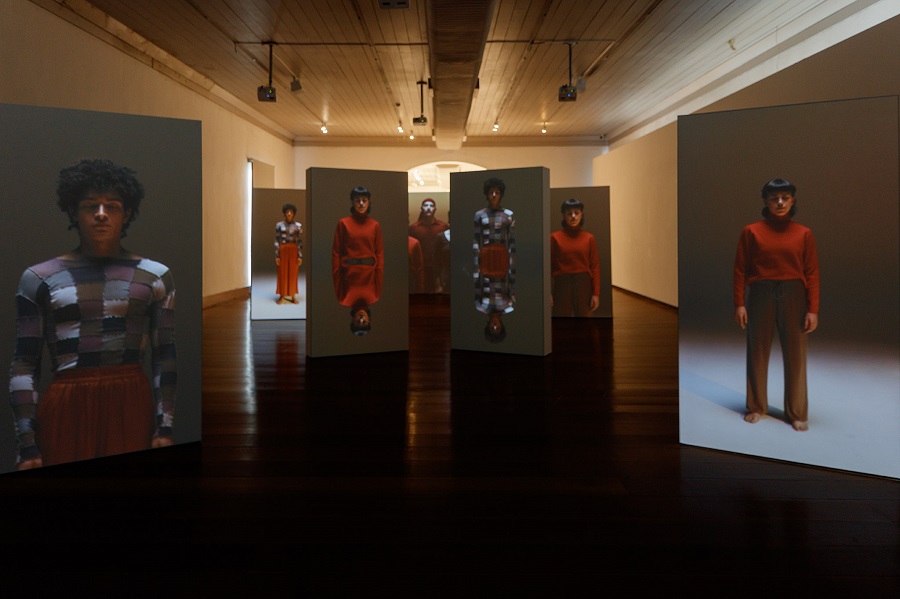
The exhibition from Nov. 13 to Jan. 12 runs under the theme “Poetic Illuminations.” (Supplied)
“Exhibitions, to me, are also experiences of knowledge. This is especially important here, as this exhibition is the first to showcase a group of contemporary Saudi artists abroad.
She added: “The exhibition is the result of extensive research from which its central themes emerged. I visited many artists, most of them based in Saudi Arabia, and engaged in deep conversations about each artist’s creative experience.
“It was an immensely stimulating journey for me, and I hope this exhibition provides viewers with a similar path of understanding through its selected works.”
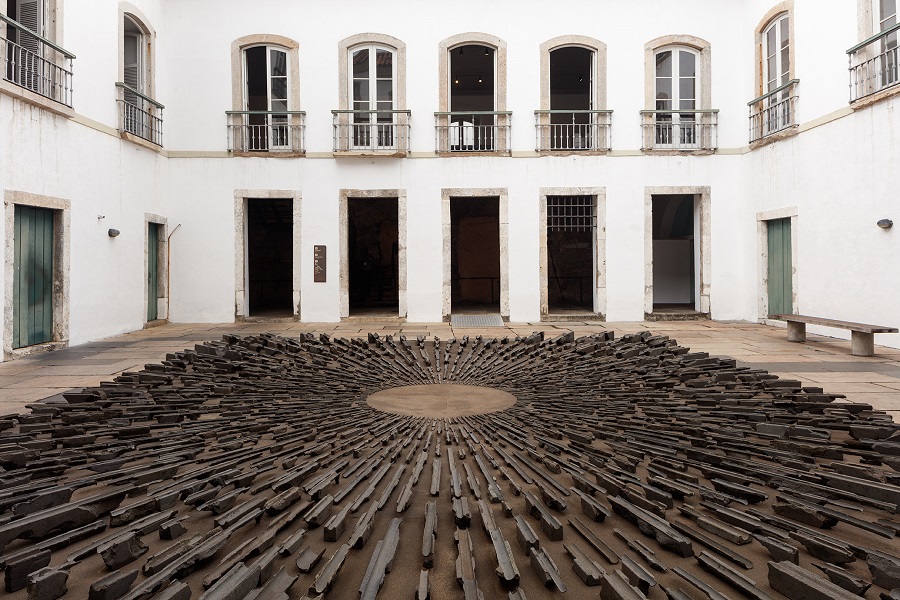
Through “Art of the Kingdom,” the museums authority aims to empower Saudi artists by highlighting their work globally. (Supplied)
Wechsler chose Nasser Al-Salem’s “Arabi/Gharbi” (“Arab/Foreigner”), with its large neon Arabic script, to both open and close the exhibition.
Wechsler explained: “This piece offers viewers both a question and a clue: what does this neon signify? It creates a symbolic boundary between the contemporary Saudi experience and the cultural framework of the audience.
“Through each piece, the exhibition unfolds like a revelation — a poetic illumination — exploring various facets of a captivating culture where past and present, tradition and transformation, are interwoven.
“Arriving at the end of this journey and encountering Al-Salem’s neon again, I imagine the audience will see it differently, their horizons broadened by the journey they have taken.”
Through “Art of the Kingdom,” the museums authority aims to empower Saudi artists by highlighting their work globally. It also seeks to establish the nation’s presence in the global art landscape, and foster cross-cultural appreciation and dialogue.
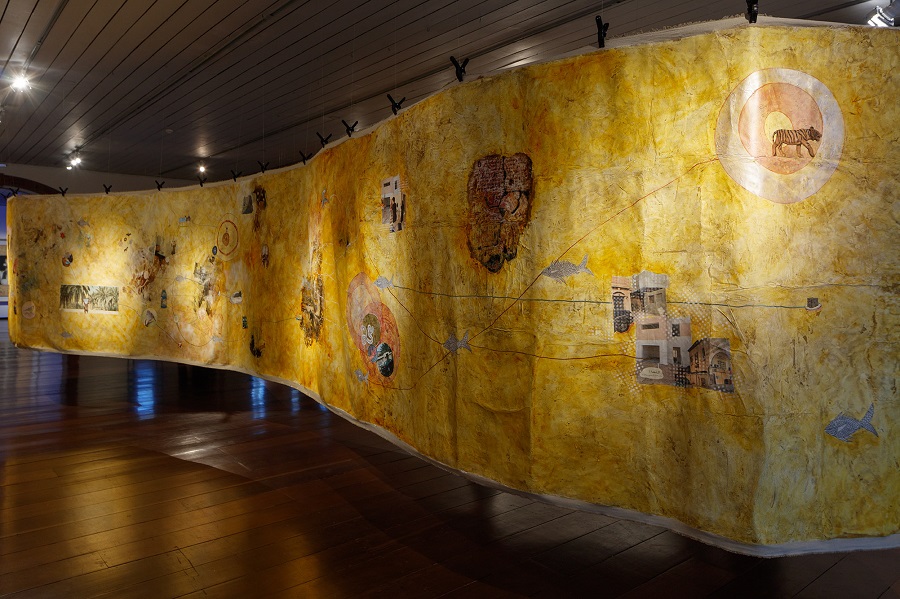
Launching to coincide with the upcoming G20 Summit in Brazil, “Art of the Kingdom” features the work of 17 artists. (Supplied)
The exhibition centers on two primary themes: the desert as a symbol of vastness, infinity, and life’s depth, and the singularity of Saudi cultural traditions as seen through the evolution of visual culture.
Artist Muhannad Shono said: “As Saudi Arabia now invests in its arts and cultural expression, and strives to invite the world in, it’s important that this cultural dialogue does not flow in one direction, but to also reach outwards in an honest and equal exchange of ideas with the world.
“My role is to continue to express and imagine, not only in my country but beyond its borders … bypassing the perceived lines that separate us and divide.”
Artists Sara Abu Abdallah and Ghada Al-Hassan, a mother and daughter team, are presenting a collaborative piece.
In a joint written response, they said their work, “Horizontal Dimensions,” explores “intergenerational complicity, the notion of home, urban transformation, and shared dreams and visions, bridging personal history with contemporary dialogue.
“As mother and daughter, we have always shared a creative bond, and this project allowed us to combine our voices and artistic visions to express something greater than the sum of its parts.
“By presenting this work at such a significant exhibition in Rio de Janeiro, we hope to contribute to the global conversation on cultural exchange and the evolving narratives of our region.”






















